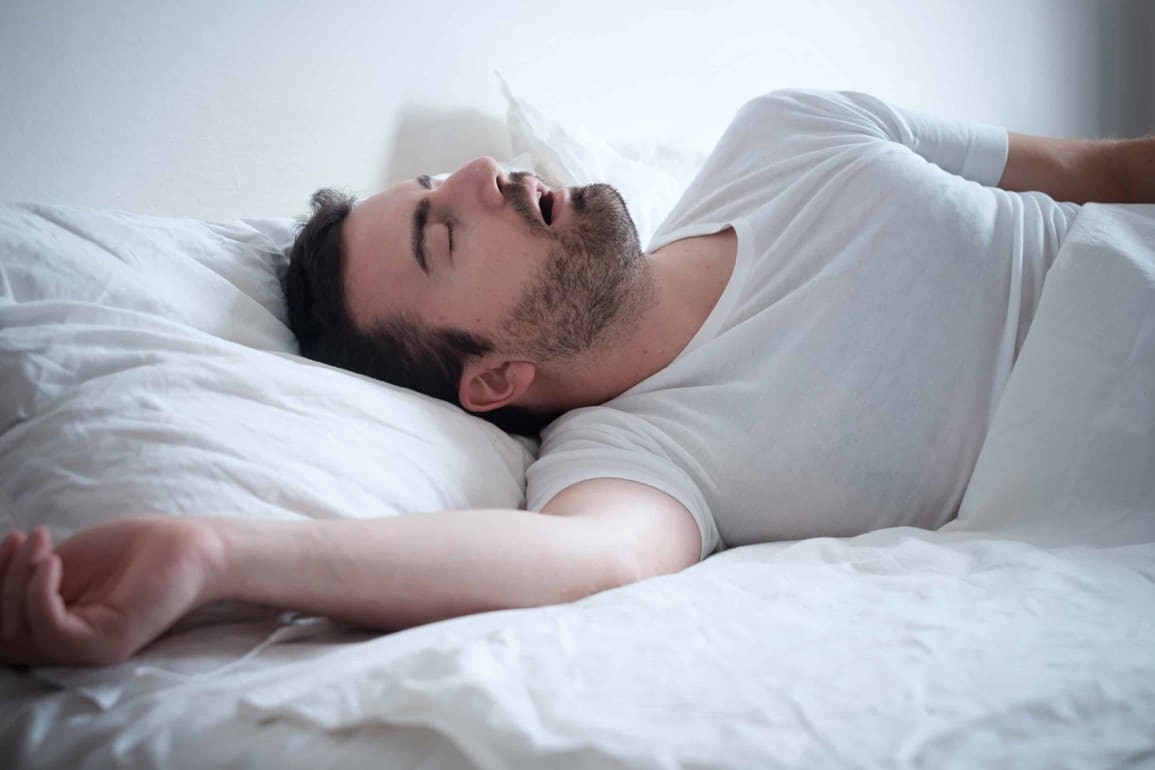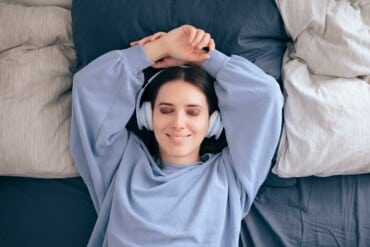It’s easy to joke about snoring. The truth about sleep apnea is no laughing matter.
The sounds that you or your partner may make during the night can be laughable at times — when they’re not seriously frustrating.
However, in some cases, loud snoring combined with daytime fatigue may be a sign of something more worrisome — sleep apnea.
The truth about sleep apnea may surprise you.
Though this condition is quite common (affecting around 22 million Americans and countless people worldwide), it’s also very serious.
If your breathing suddenly stops when you’re asleep, your natural sleep rhythm is disrupted. As a result you are more exhausted in your day-to-day life.
Severe levels of sleep apnea also contribute to conditions like heart disease and type 2 diabetes.
So, how do you go beyond the sleep apnea myths that are so common in our current society, and learn how to live with this life-altering condition?
A proper understanding of the issue, combined with the correct diagnosis and treatment can protect you from everything from irritability and moodiness to depression, increased risk of stroke, and heart attacks.
As the percentage of people with sleep apnea grows, it’s time to wake up to the truth of the condition.

The truth about sleep apnea: The basics
Let’s start simple: What is sleep apnea?
With this condition, air stops flowing through your lungs for periods of up to 10 seconds or longer.
You stop breathing, which forces your brain to send triggers to your body that wake you up just long enough to take a breath.
This pushes you out of your natural sleep rhythm and makes it challenging to enter periods of deep restorative rest.
There are different levels of sleep apnea that refer to the severity of the condition. You can have mild, moderate and severe sleep apnea.
However, there are also different kinds of apnea. This means the origin of the problem can differ in apnea patients.
The 3 primary types of sleep apnea include:
- Obstructive sleep apnea (OSA): The most common form of the condition, this type makes up 84% of diagnoses. It refers to when air stops flowing to the lungs because of an obstruction in the throat or nose. The blockage may be caused by the muscles in your throat relaxing too much during sleep, or inflammation in your tonsils.
- Central sleep apnea (CSA): This slightly less common form of sleep apnea refers to when air stops flowing to the lungs because the communication between the brain and body is affected. People with this condition don’t snore, so it’s challenging to recognise the presence of a problem.
- Mixed sleep apnea: This happens when there’s a mixture of both obstructive and central sleep apnea.
All levels of sleep apnea have the potential to be extremely dangerous. After all, we need to breathe to live — even when asleep.
Make sure you schedule a sleep apnea test if you’re concerned that you may have any of the 3 conditions above.
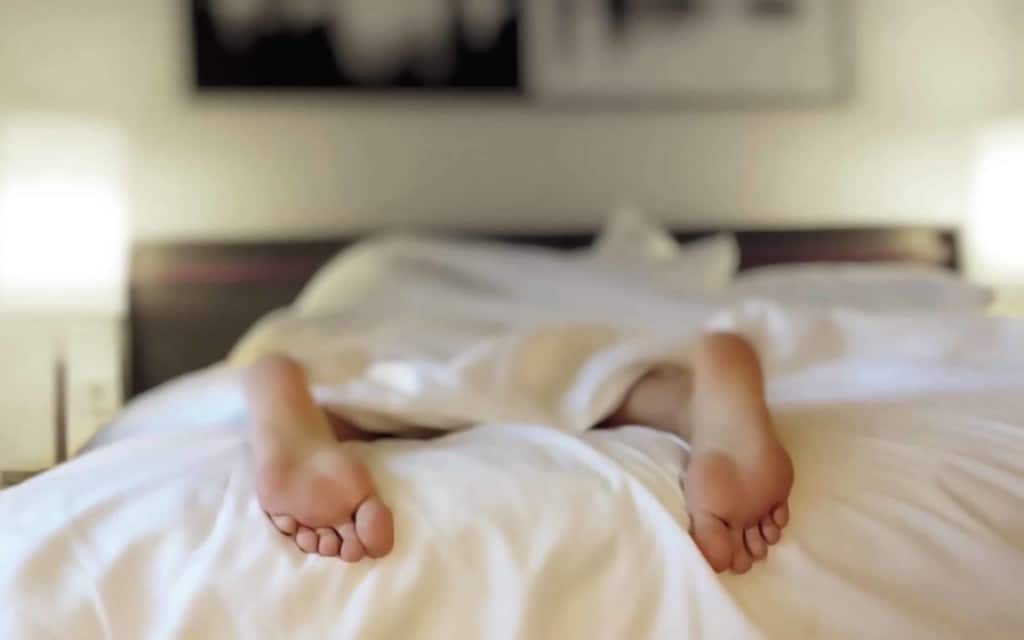
Sleep apnea risk factors: Could you get sleep apnea?
Sleep apnea myths often convince people that you need to be a certain weight or age to suffer from the condition.
However, 1 in 5 males is affected by this issue at some point in their life. Women get sleep apnea too, but they might have other and more subtle symptoms.
Studies also suggest that 1 billion people worldwide have sleep apnea — that includes men, women, and children.
Obesity is the most significant of the sleep apnea risk factors. The more weight you have weighing down your throat and lungs, the more likely it is that your airways are obstructed.
However, other things may increase your risk of having this condition too.
- Age: The older we get, the more likely we are to suffer from sleep apnea, due to a build-up of fatty tissues in the tongue and neck. However, it’s possible for this ailment to occur at any age — even in children.
- Drinking alcohol: Many people assume that alcohol helps them to fall asleep. However, drinking alcohol increases the relaxation of muscles around the throat and mouth, enhancing your risk of obstructive sleep apnea.
- Smoking: Smoking causes inflammation in the upper airway, which affects your breathing. It can also affect how the brain controls sleep and the muscles involved in breathing.
- Poor eating habits: Unhealthy eating patterns and lack of physical activity often increases your risk of obesity, which again leads to sleep apnea.
- Genetics and family history: Researchers suggest that family history can be a common factor for sleep apnea. However, maintaining a healthy lifestyle can keep this issue to a minimum. Some of the genes connected with the ailment are linked to the formation of the face, jaw, and airways.
- Medication: Taking medication or sleeping tablets increase the risk of problems with breathing during sleep. A study conducted in 2013 found that 9 million people in the US take sleeping pills, and these medications make sleep apnea more of a risk, due to relaxed muscles.
- PTSD: There’s more and more research showing a strong link between PTSD and sleep apnea.
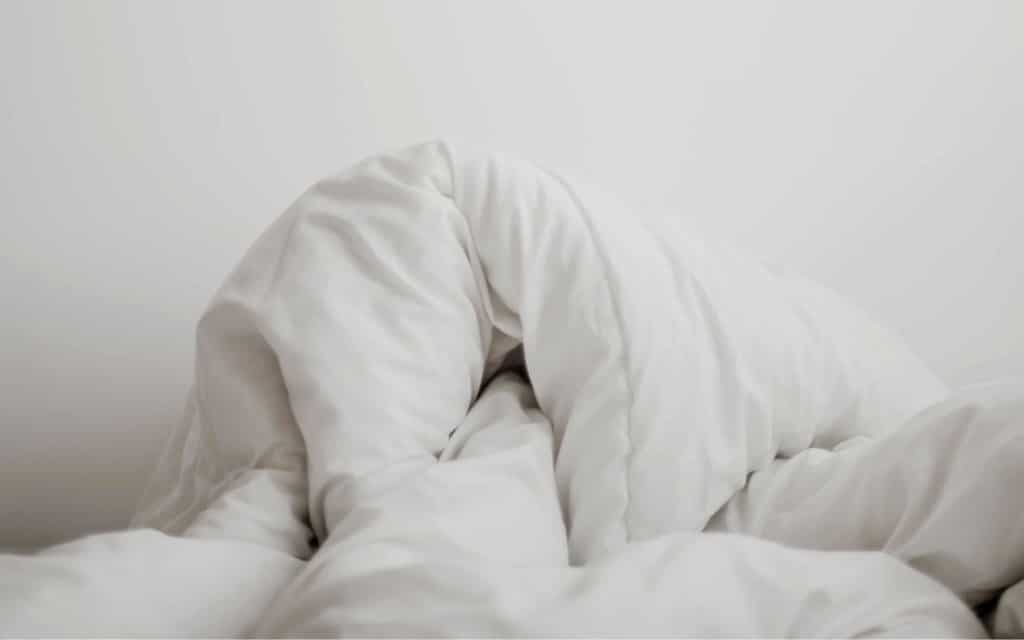
Sleep apnea symptoms: Common signs of a sleep issue
Learning as much as you can about sleep apnea risk factors can help you to protect yourself from the condition. The same is true when it comes to recognizing warning signs.
Unfortunately, identifying sleep apnea symptoms can be difficult on your own, as most of the issues only occur when you’re sleeping.
You can often get around this problem by asking someone to observe your bedroom habits. Significant warning signs of sleep apnea include things like:
- Chronic, loud snoring.
- Gasping, choking or snorting during sleep.
- Pauses in breathing when sleeping.
- Waking up at night with shortness of breath.
- Daytime fatigue and sleepiness.
- Waking up with a sore throat or dry mouth.
- Fitful or restless sleep.
- Difficulty concentrating and forgetfulness.
- Uncharacteristic moodiness, depression, or irritability.
- Headaches throughout the day.
- Problems with sexual desire and performance.
Notably, while snoring is a common sign of sleep apnea, it’s not the only symptom to be aware of. Depending on the levels of sleep apnea your body is exposed to, you may not snore at all.
Additionally, people who snore won’t always have sleep apnea. The most significant telltale sign of the condition is how you feel throughout the day.
Normal snoring won’t interfere with your quality of sleep, so you’re less likely to suffer from extreme feelings of sleepiness.

Sleep apnea myths: Putting the lies to bed
The truth about sleep apnea is that it’s one of the most common conditions in the world.
However, the fact that so many people suffer from this ailment, also means that there have been many myths started about what the experience of sleep apnea is like, and how people can deal with it.
With so much false information out there, it’s essential to set the record straight.
Here are some of the most common sleep apnea myths that you need to wake up to.
1. You can only get sleep apnea if you’re overweight
This is 100% untrue. Obstructive sleep apnea symptoms are more common in people who are overweight. That’s because larger people have more weight on their throat and airways when they’re lying down.
However, though weight does contribute to sleep apnea, it’s not the only risk factor that experts have found. There are other issues to consider, such as diabetes, genetics, the structure of the throat, and so on.
2. Snoring and sleep apnea are always linked
There are strong connections between sleep apnea and snoring. However, the two things don’t always go hand-in-hand.
You can snore without having sleep apnea, and you can have the condition without snoring too. However, it’s worth making sure that you don’t just ignore snoring.
If you’re worried that you make a lot of loud sounds during the night, contact your doctor to conduct a sleep apnea test.
3. Sleep apnea will only affect adults
Studies suggest that sleep apnea can affect up to 3% of the children worldwide. Although this condition is less common in children, it does happen.
The most common reason for sleep apnea symptoms in youngsters is the inflammation of adenoids and tonsils around the airways.
Obesity in children is also a significant factor. Parents should never ignore snoring in their children or any signs of gasping or snorting during sleep.
4. Treatment for sleep apnea isn’t necessary
When an ailment is as common as sleep apnea, it’s easy to assume that you can get by without treatment. There are millions of people out there that have sleep apnea and don’t even know about it.
However, while it might be easier to ignore lower levels of sleep apnea, the condition should never be overlooked.
At a basic level, it disrupts your sleep to the point where you’ll feel fatigued continuously. On top of that, sleep apnea increases your risk of:
- Stroke.
- Heart disease.
- High blood pressure.
- Obesity.
- Liver disease.
- Depression.
- Traffic accidents.
- Stress and anxiety.
5. I won’t be able to sleep with a CPAP machine
One of the most common types of sleep apnea treatment is using a CPAP machine. At first glance, these devices appear quite daunting.
Some people assume that they won’t be able to relax when using one. However, while sleep apnea machines take some getting used to, they will help you to sleep better and protect you from dangerous conditions.
Most people feel the CPAP machine completely changes their life. They feel well rested and ready to face the day. It’s worth persisting in getting used to the mask and the low volume of the constant positive airway pressure.
The devices work by providing consistent airflow, so your brain doesn’t have to jolt you into restoring your airflow each night.
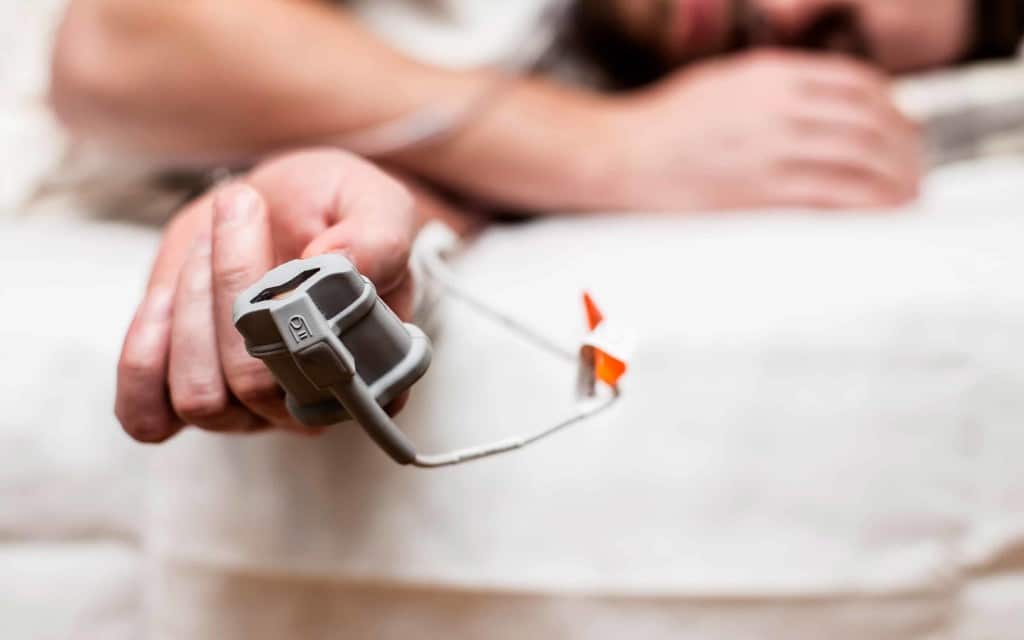
Sleep apnea tests and diagnosis options
If you experience sleep apnea symptoms, or you know that you’re at risk of the condition, your doctor may arrange a sleep apnea test.
These tests may be conducted either in a special facility or in your own home — depending on the kind of equipment your doctor has.
Usually, you’ll be asked to attend something called a “polysomnogram” — or a sleep study. This is a multi-component test that electronically records and transmits information about specific physical activities when you’re asleep.
A professional will analyze the recordings to see if you have sleep apnea and how severe it is.
During your sleep study, you’ll need to visit a laboratory where you’ll be given a private bedroom. Near this room, there’ll be a monitoring area where technicians can monitor your brainwaves and bodily responses via specific pieces of equipment.
Similar equipment is necessary for a sleep apnea test whether you’re in a lab or at home. For instance, you might have surface electrodes placed on your scalp to send signals to monitoring equipment.
Other options include:
- EEG machines to monitor and record brain activity.
- EMG to record and monitor muscle activity like teeth grinding, face twitches, and other activities that might indicate REM sleep.
- EOG machines to record the movements in your eyes that highlight different sleep stages.
- ECG to record your heart rhythm and rate.
- Nasal airflow sensors to record how well you’re breathing.
- Snoring microphones to see how heavily you’re snoring.
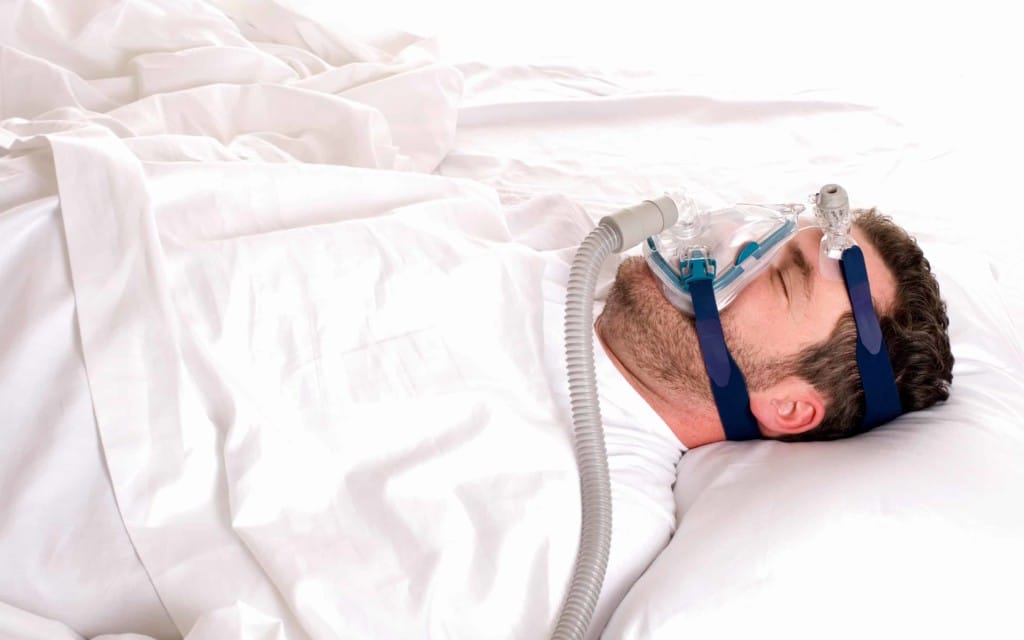
Dealing with sleep issues: Sleep apnea treatment
If your sleep apnea test reveals that you are suffering from this condition, then your doctor will discuss treatment options with you.
Sleep apnea treatment has come a long way over the years. Even if you weren’t happy with your options in the past, you might find the right solution today.
Usually, sleep apnea cures begin with changes to your lifestyle. For instance, your doctor might suggest that you reduce your drinking and smoking habits and focus on losing weight.
It’s also a good idea to try and sleep on your side, rather than on your back. Many people have much more apnea episodes whilst on their back.
What does CPAP stand for?
CPAP therapy is the most common sleep apnea treatment available today. CPAP stands for constant positive airway pressure. The consistent stream of positive air pressure is delivered via a machine on your bedside table. A tube runs from the machine to a mask on your face.
The mask can just cover your nose, or it can cover your mouth and nose. Obviously taking into account if you’re a mouth breather or nose breather, when you sleep.
Many people worry about the noise of the CPAP machine. Will it keep my partner awake?
The noise of the machine may fluctuate between inhalation and exhalation, but should mimic that of a soft breathing sound. The new CPAP machines are very quiet and the volume is as low as 25 decibel, just around the sound level of a mosquito.
Although sleeping with these devices takes a while to get used to, there are plenty of ways to adjust the experience today to make it more comfortable.
There are also other treatment options for sleep apnea: they include:
Surgery
There are a few surgical procedures available for people who have obstructive sleep apnea. For instance, you can shrink or remove obstructive tissue with surgery, or get rid of enlarged tonsils. Some procedures can be carried out in a doctor’s office.
Mandibular repositioning
This custom-made oral appliance is suitable for individuals with moderate or mild obstructive sleep apnea. A mouthpiece holds the jaw forward to expand the space behind the tongue, hence prohibiting the airway to collapse.
Side sleeping pillow
Sometimes just forcing yourself to sleep on the side can be enough to significantly reduce your episodes of apnea. A positional sleep apnea pillow will keep you sleeping on your side reducing snoring and encouraging blood flow.
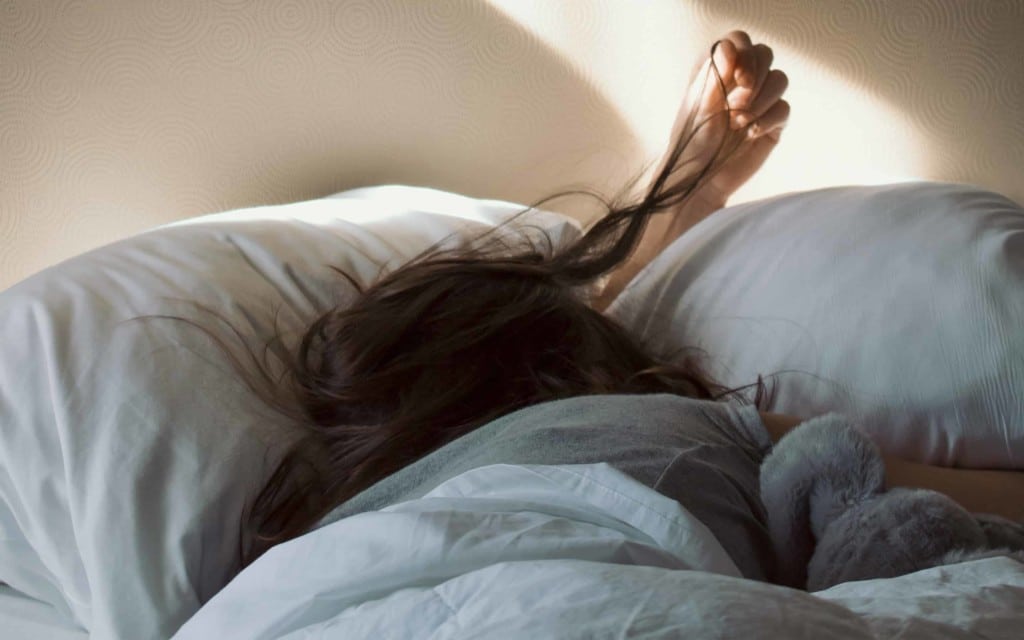
The truth about sleep apnea: Sleep apnea cures
Although a diagnosis of sleep apnea is worrying for anyone — it’s also a highly treatable condition.
In some cases, you may be able to cure sleep apnea — particularly if it’s caused by something like enlarged tonsils.
For other people, you can learn how to live safely with the condition using the right CPAP machine.
Often, your doctor will recommend some of the following steps to help with sleep apnea treatment:
- Lose weight: People who are overweight have extra tissue in their throat, which means that the airways are more likely to become blocked.
- Quit smoking: Smoking contributes to sleep apnea by increasing inflammation and fluid retention in the upper airway and throat.
- Avoid alcohol: Sedatives and alcohol relax the muscles in the throat and make it harder to breathe properly.
- Exercise regularly: Exercise assists in helping you to lose weight, but it also improves the quality of your sleep. Aerobic and resistance training will help to strengthen the muscles in your chest and airways.
- Maintain regular sleep schedules: Sleep apnea issues often decrease when you get plenty of high-quality rest.
- Sleep on your side: It’s often a good idea to avoid sleeping on your back if you suffer from sleep apnea symptoms. Sleeping on your back makes it more likely that soft tissues and your tongue might obstruct your airway.
- Prop your head up: If you often don’t sleep with a lot of pillows, look for ways to elevate your head by a few inches, and elevate your body from the waist up with a cervical pillow or foam wedge. This will help with keeping your airways clear.
- Open your nasal passages at night: Use a nasal dilator, breathing strips, or saline spray to keep your nasal passages open.
- Tighten the muscles to keep the mouth closed: Consider holding a pen between your teeth or chewing gum before bed so you can keep your muscles in good condition.
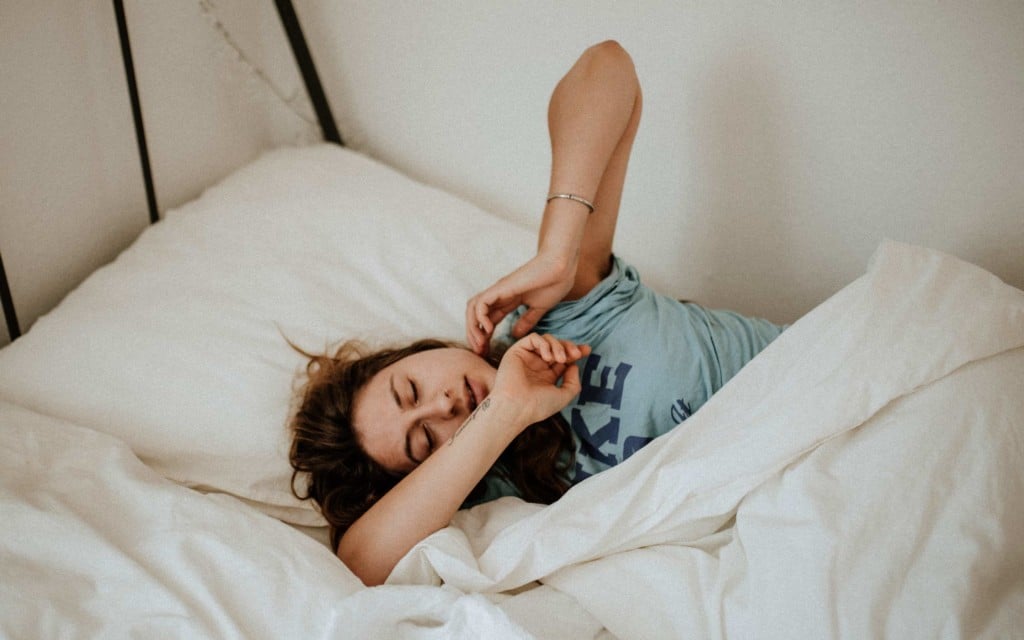
Managing your sleep apnea diagnosis
Ultimately, sleep apnea is a lot more common than most people think. According to a data analysis presented by the ResMed group in 2018, almost 936 million people worldwide have the condition.
What’s more, there are plenty of people out there who suffer from breathing issues when they sleep — but they aren’t aware of their ailment.
The easiest way to deal with a sleep apnea diagnosis is to come to terms with the nature of your condition by learning as much as you can.
It’s also essential to discuss your treatment options with your doctor carefully, to ensure that you get the best results out of any strategies you put in place.
Still, have questions about sleep apnea? Check out our FAQ below:
Q: What causes sleep apnea?
A: The causes of sleep apnea depend on the kind of condition you have. Central sleep apnea syndrome is often caused by conditions like strokes, heart failure, and congenital abnormalities.
This condition may also be caused by higher altitude levels, certain medications, and even genetic conditions. On the other hand, obstructive sleep apnea may be caused by inflamed tonsils, larger than usual tissues in the throat, alcohol, and smoking.
Q: What are the warning signs of sleep apnea?
A: Some people don’t notice the warning signs of this condition, because the symptoms happen when they’re asleep.
However, common issues include things like insomnia, daytime sleepiness, and fatigue, problems with concentration and attention levels, memory issues, anxiety, irritability, headaches, and problems with performing as normal at work. Snoring is a common sign of sleep apnea in some cases too.
Q: What happens with untreated sleep apnea?
A: Some people live with untreated sleep apnea for several years without realizing that they have the condition.
However, there are some dangers to having untreated sleep apnea, particularly if you suffer from more severe levels of the condition. For instance, you may have a higher risk of cancer, diabetes, stroke, heart disease, heart attack, and other life-threatening conditions.
Q: Can you gain weight from sleep apnea?
A: It’s more common for obesity to cause sleep apnea than for the relationship to happen the other way around.
However, a person with a sleep and breathing disorder could begin to gain weight. That’s because when you sleep poorly, you need more energy to keep you awake during the day, which means that your body starts to seek out sugars and unhealthy foods.
Q: Can sleep apnea kill you?
A: Unfortunately, the answer to this is yes. Sleep apnea can lead to strokes, heart attacks, and other serious conditions. Carrie Fisher died from sleep apnea, although there were also other conditions in play at the time of her death. It’s crucial to discuss your status with your doctor.
Siestio. Sleep Matters.
Medical disclaimer
You must not rely on the information provided on our website as an alternative to medical advice from your doctor or other healthcare professionals. For more information read our full disclaimer here.

